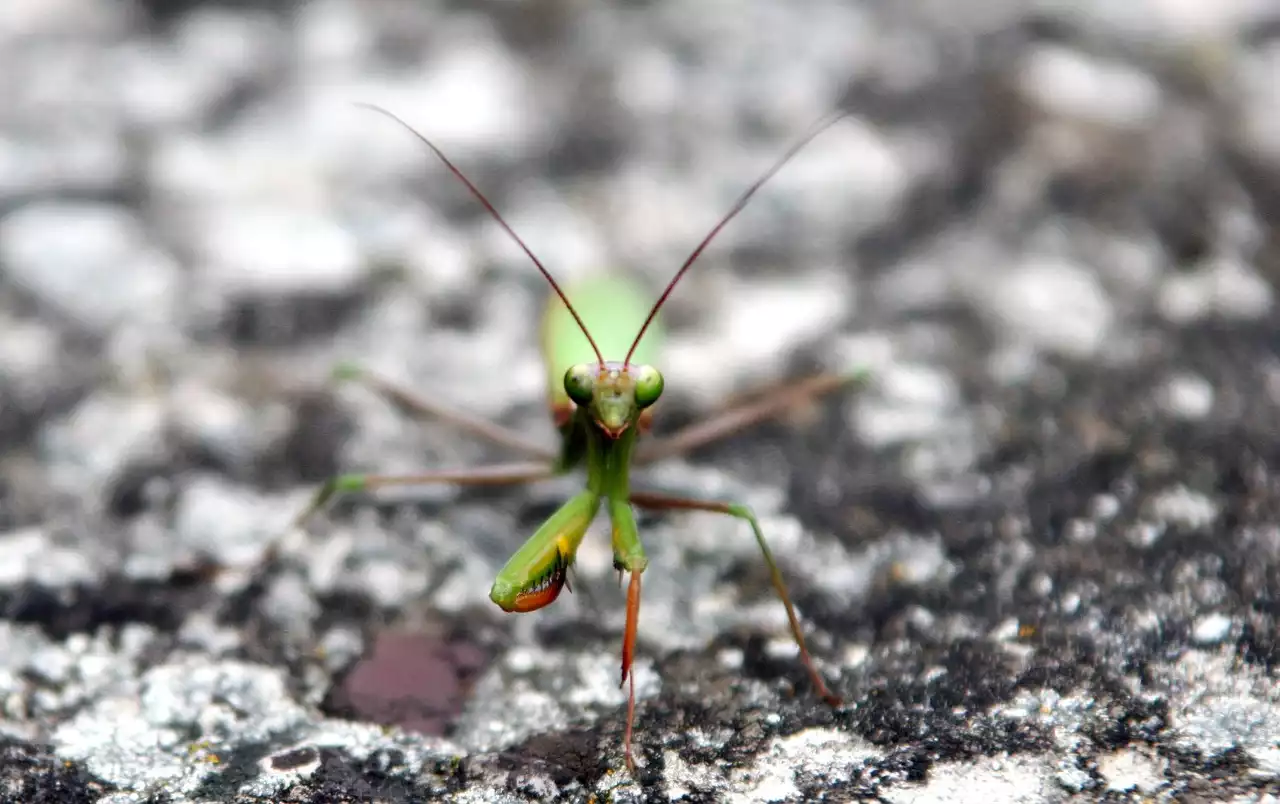Keeping stick insects as pets is a rewarding and fascinating hobby. With over 200 different species to choose from, there’s sure to be one that sparks your interest. Keeping stick insects as pets requires specific housing, food, and environment requirements, but with the right setup, they can make for fascinating companions.
What Are the Different Types of Stick Insects?
The term “stick insect” is actually a misnomer, as most species in this group are not insects at all. However, the term has stuck, and most people use it to refer to arthropods that resemble twigs or branches. There are over 200 species of these “stick insects” in the world, and they can be found in Australia, Asia, South America, and parts of Africa. Many species are very rare and hard to come by, making them difficult to find as pets. The most common species of stick insect kept as a pet are the Indian Walking Stick (also known as the Indian Tree Caterpillar), the Australian Bush Stick, and the common or Chinese Stick Insect. Depending on the species, a stick insect can grow anywhere from 6 inches to 2 feet long!
How to Find & Choose a Pet Stick Insect
If you’re keeping stick insects as pets, it’s important to select the right species for your particular habitat. The Indian Walking Stick, for example, requires warm, high-humidity conditions, whereas the Chinese Stick Insect can be kept in a more moderate environment. And while the Australian Bush Stick thrives in the wild with warm, tropical conditions, it can also be kept indoors. Stick insects can be kept individually or in groups, depending on the species. Some species, such as the Indian Walking Stick, can be kept in large groups with as many as 50 individuals per cage. Others, such as the Chinese Stick Insect, require solitary housing to prevent fighting. Before buying your first stick insect, learn about their housing and care needs to ensure you’re providing a healthy environment for your new pet.
Housing for Keeping Stick Insects as Pets
Stick insects are arboreal, meaning they prefer to live in elevated, woody environments. As such, they require specific housing conditions to meet their needs. Most species require a cage with a substrate of bark, coconut fiber, or moss. This substrate helps regulate humidity, which is essential to keep these creatures healthy. The cage environment should be warm and humid, with a temperature range of 70-90 degrees Fahrenheit. Many keepers report success with a combination of a heat mat and a humidifier. Humidity levels should be kept at 70%, and only a light misting should be required to achieve this. The top of the cage should be open to allow air circulation, which is important for maintaining a healthy environment. The cage should be placed in an area where it receives at least moderate sunlight, and it should be rotated regularly to ensure all sides receive the same amount of light exposure.
Care and Feeding Requirements for Stick Insects
Taking proper care of your pet stick insect is necessary to ensure its long-term health and survival in captivity. More than just providing a warm, humid environment, keeping stick insects as pets means meeting all of their dietary needs, as well as providing appropriate housing and care. This can seem like a daunting task for a new keeper, but it’s important to remember that your pet stick insect is completely dependent on you for its well-being. Stick insects are omnivorous, meaning they eat both plants and small insects. Stick insects typically eat plant matter, such as vegetables and flowers, but they should also be fed protein-rich insects, such as mealworms, crickets, silkworms, and more, to meet all of their dietary needs. Many keepers report feeding their stick insects a diverse diet of both plants and insects. It’s important to use caution, however, when feeding insects to your pet stick insect. Some insect species can carry bacteria and other pathogens that can make your pet sick or even kill it.
Common Issues and Problems with Keeping Stick Insects
Stick insects are fascinating creatures with some very specific needs. New keepers can find the task of keeping them in captivity challenging, and failure to meet all of their needs can lead to issues that can be difficult to correct. Poor diet is one of the most common issues keepers report in their stick insect colonies. Species like the Indian Walking Stick prefer a diet rich in flowers and vegetables, but many keepers feed them a diet heavy in insects. This can lead to health issues, such as malnutrition, and even death. Another common problem with keeping stick insects as pets is an unhealthy environment. Humidity levels and temperature fluctuations can cause serious health issues, such as mites and bacterial infections, which can be very difficult to treat. To prevent these issues, it’s important to keep careful track of your cage environment and make adjustments when necessary.
Summing up
Stick insects are fascinating creatures that are well suited to life in captivity. However, keeping them requires specific conditions and a commitment to their care. If you’re interested in keeping stick insects as pets, it’s important to do your research to find the best species for your situation. Once you’ve selected your species, you can focus on creating an environment that mimics their natural habitat as closely as possible.


 Hollywood and Famous Silent Films
Hollywood and Famous Silent Films
 A Parent's Guide to Making Homemade Baby Food
A Parent's Guide to Making Homemade Baby Food
 Escape to St Gilgen Austria: A Charming Alpine Retreat for Nature Lovers and Outdoor Enthusiasts
Escape to St Gilgen Austria: A Charming Alpine Retreat for Nature Lovers and Outdoor Enthusiasts Why Keeping Ants is So Much Fun
Why Keeping Ants is So Much Fun Raising Honeybees as a Beginner
Raising Honeybees as a Beginner How to Keep Cockroaches as Pets
How to Keep Cockroaches as Pets Care and Feeding of the Praying Mantis
Care and Feeding of the Praying Mantis